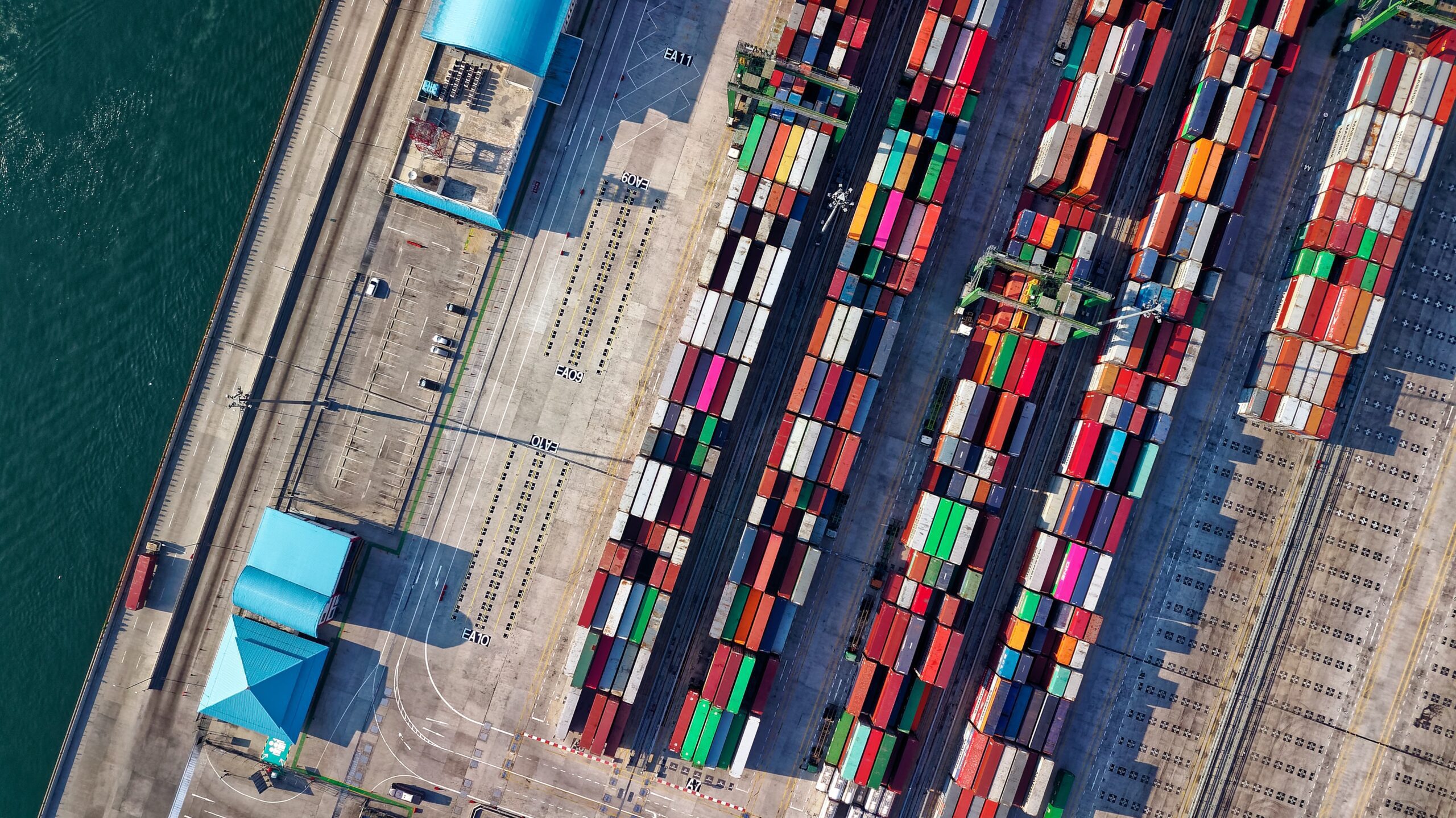28 November 2024
Motivation for Automated Port Terminals

The automation of the port sector is an interpretation that can start from the simple digitalization of the operational documentation processes (see Digitalization of German Ports) and extend up to the development of fully automated port terminals, where human interception will be limited. With high-level automation of the port terminals, the labour costs will be significantly reduced, which in return has the potential to decrease the operating leverage and entrench more imperishable profits. On the contrary, strained relations may arise with syndicates, due to the automation improvements.
At the moment, the implementation of the subject matter is based on the economical and technical sources available while also the various automation plans that each port terminal manager adopts. Hence, while some managers focus on upgrading their foundation potential, others proceed in the buying off of companies that have already grown in automation, thus gaining an advantage against competitors.
The main motives leading the race of port automation adoption are:
- Labour cost reduction, which can provide improved and consistent EBITDA margins. Despite the initial required investment, the main motive for automation is the abbreviation of operating expenses (OPEX) per container. In the case of the Dutch container terminal operating company APMT, where the labour costs comprise the 48% of total OPEX, a decrease of 10% in labour would add 320 points in EBITDA margin. In this regard, a labour cost reduction of 30%, 40%, 50% would respectively return a 41%, 45% and 48% increase in the EPITDA margin (32% reported in 2020).
- Port congestion. Due to the crisis opposed on the supply chain thre was high congestion of port terminals worldwide in 2021. Additionally, the congestion encountered in the container storage terminals, significantly contributed in limiting the efficiency of container handling and thus rocket the delivery-collect time to the port gates.
Partucalrly, DP World (DPW) with the BOXBAY, provide an innovative container handling system which can improve the capacity and efficiency of storage by magnifying the number of imported-exported containers per hour. Hence, despite the large capital, the system is set to payback in mid-long term. Accordingly, China Merchant Ports and Cosco shipping Ports have successfully incorporated automated systems in their managed terminals. - Lack of port capacity. According to Drewry researches, the port capacity for containers worldwide is expected to rise by 2.5% annually and reach 1.34 billion TEUs in 2025. Respectively, the worldwide demand is anticipated to overcome 5% during the same period. Hence, through automation and digitalization, the efficiency and capacity levels of port terminals can be elevated.
By collating the incorporated dangers and the potential benefits of automation, it should be noted that the benefits outrun the dangers in the long term view, while the exploitation of fully automated solutions, apart from the economic and operational gain, is set to change the rules of the port industry, which at the moment is struggling to recover from the crisis of COVID-19 pandemic.


